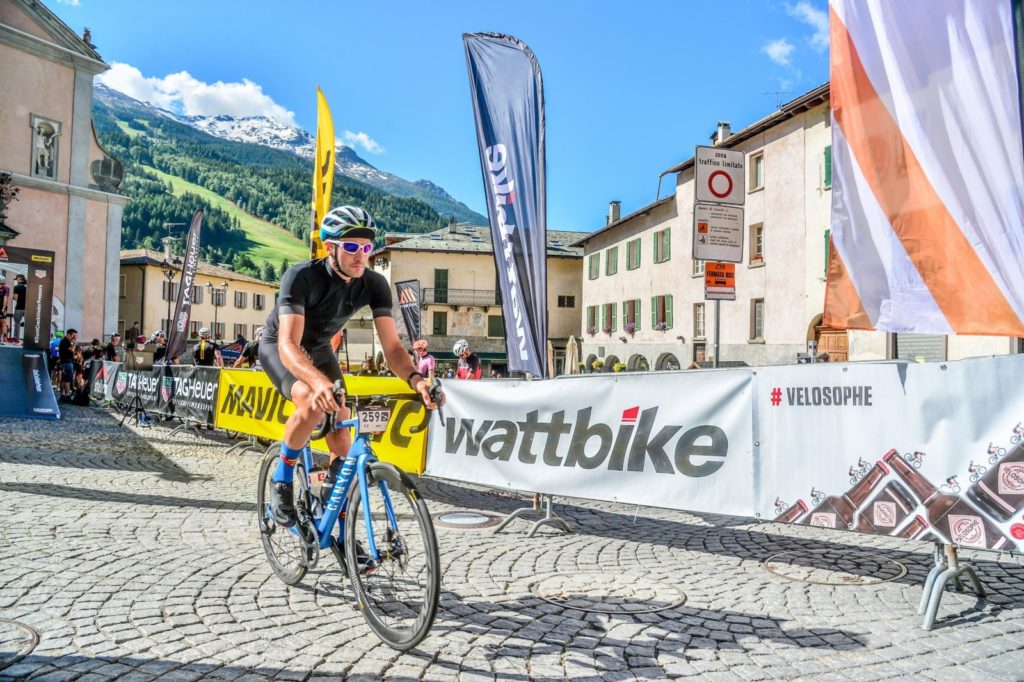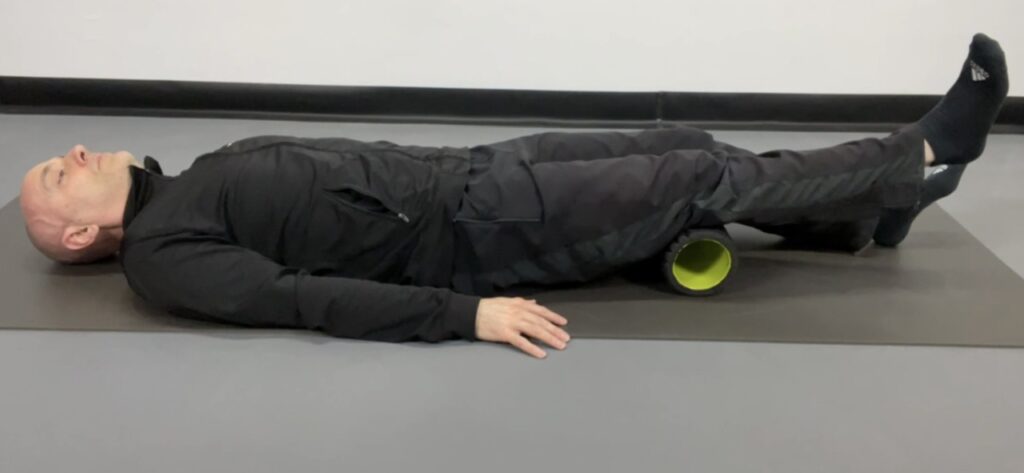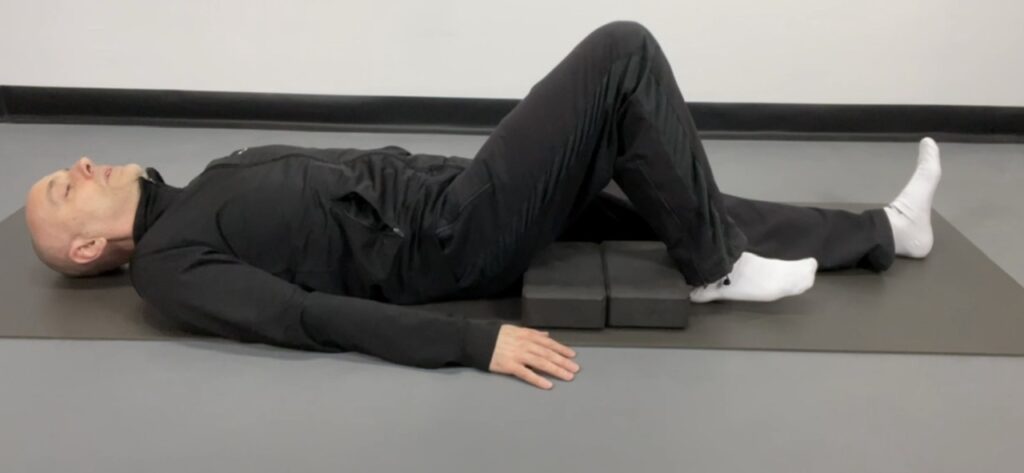
Whether you’re on a bike tour or riding a stage race, there’s no greater adventure than riding your bike on repeated days.
You get to go deeper both mentally and physically and in doing so push your boundaries.
Now of course if you keep pushing the edge, eventually you’ll find it.
In this post we’ll look at how to optimise your recovery during multi stage cycling events.
I’ll also show you what to check afterwards, to ensure all the pieces have gone back together.
Sleep
The first thing to ensure is that you get adequate sleep during the event. This is easier than it sounds, especially if you’re either in strange hotel rooms or camping.
You may be familiar with something called the first-night effect (FNE). Before you jump to conclusions, it’s not a category of sexual dysfunction.
It’s that troubled night’s sleep you experience when in an unfamiliar environment. Scientists have discovered that one hemisphere of our brain remains vigilant when we sleep somewhere new, presumably as a protective mechanism.
Whilst this is absolute genius, it may create issues if you’re moving from one hotel to another. It’s likely even more relevant if you’re sleeping out in the wild.
To counter this, try to make the sleeping environment as familiar as possible by bringing your own bedding for example.
Practice good sleep hygiene as a matter of course. Have the space dark and cool, and avoid consuming stimulants such as caffeine in the hours immediately before sleep.
Studies have shown a lack of sleep impacts endurance performance and can leave you more susceptible to illness. Try to make sure you’re getting the recommended 7-9 hours.
Nutrition
Whilst outside the scope of this post, fuelling your body to meet the increased demands in calorie expenditure is critical. As is adequate protein and fluid intake.
You will probably have a pretty good idea from your training what’s required. If you’re looking to perform well the next day however, refuelling in the 20 minutes following a stage is important. It’s unlikely you’ll feel like sitting down for a meal at this point, so prepare a carbohydrate protein mix drink to make it easy.
Eating real food in the evening is recommended with a carbohydrate protein mix again. Snack when you can during the rides themselves, little and often reduces gastrointestinal stress.
Hydration
All you need to know here is that a 3% loss of body weight through fluid is enough to impact endurance performance. If you’re riding for more than an hour, you need to consider fluid intake as a critical part of your event strategy.
Muscular system readiness
Massage is used on the pro tour for recovery but you may not be fortunate enough to have your own soigneur travelling with you.
There may even be a more effective approach. The evidence that massage has a positive impact on cycling performance is still sketchy at best.
One of the tell tale signs that muscles have been overloaded is restrictions in range of motion.
Studies show that muscles which have been damaged by exhaustive exercise lose the ability to contract into their short position.
In this study subjects demonstrated limits in elbow flexion following an exhaustive eccentric exercise protocol for the biceps.
Likewise in this study, subjects were unable to contract their quadrceps effectively when their knee was in or close to full extension following exhaustive exercise.
These effects have been shown to remain for 10 days or more after the exercise session.
If exercise can cause restrictions, how best to restore motion?
Traditionally we’ve been taught to use stretching to improve range of motion.
Whilst stretching may provide short term gains, it has the potential to reduce the ability of muscles to produce force. This is something you may want to avoid, especially if you’re riding on consecutive days.
Perhaps more importantly, stretching doesn’t necessarily address the primary cause of these restrictions either. This is believed to be disruption of our kinaesthetic awareness.
In short kinaesthesia is our ability to sense movement. This is influenced by the various sense organs of the central nervous system (CNS), with muscle spindles playing the primary role.
Your brain collates a huge amount of feedback from these sensors in the motor cortex. It uses this to plan, control and execute voluntary movement. It’s thought that damage to the muscle may impact the accuracy of this representation.
Isometrics
If the problem is sensory, then any solution should be biased towards the restoration of this position sense.
Isometrics work well for this. They are essentially contractions of muscles without movement of the joints they act upon.
They have been shown to increase range of motion, reduce pain and muscle inhibition.
It’s also possible they will improve the performance of the muscles you are targeting.
What’s not to like? That’s a win, win, win, win.
Check these key ranges between stages
It’s sensible to become familiar with these isometrics before the ride itself. That way you’ll know the best time to apply them.
Bear in mind sometimes the answer is to leave well alone, particularly if you’re very sore. Experiment so you have a good indication of how you will respond.
Knee extension

Your quadriceps take a pasting during cycling as you will no doubt be aware.
If you see limits in how far you can straighten one knee compared to the other, it’s possible they’ve been overloaded.
To check this lay on your back and place a foam roller or a rolled up towel behind your knees. Slowly straighten one knee as far as it will go, keeping the back of your knee in contact with the roller / towel.
Relax that leg and now try the other one.
If you find one side is more limited than the other, slowly extend the limited knee and hold for 5 seconds at the end of its range of motion. Repeat a further 5 times.
Knee flexion

Your knee flexors are also critical to the cycling action. To assess for limitations, lay on your back and slide one heel towards your butt. Check how far you can go whilst making sure you keep your knee in line with your hip.
Now try the other one.
If you find a limit, place a yoga block or similar between your butt and your heel and gently pull your heel back into it by contracting your knee flexors. Again hold for 5 seconds and repeat 5 times.
Ankle plantar flexion

Lastly the muscles that are involved in bringing you up onto your toes are important for cycling.
To assess their function, take a seat on the edge of a chair. Slowly lift one heel off the floor as far as it will go, whilst making sure to keep the knuckle of your big toe stays firmly planted on the floor.
Make a note of the distance between your heel and the floor before trying the same on the other.
If you find a limit, slowly raise the heel of the limited side off the ground. When you reach the limit hold that position for 5 seconds and you guessed it, repeat a further 5 times.
When it’s all over, check these additional ranges
Once you get home, give yourself a few days to recover. Any restrictions may resolve themselves after a week or so.
I recommend checking the following ranges in addition to those above before you get back to serious training or racing however.
Hip flexion

To assess this lay on your back and place a hand in the small of your back (lumbar spine). Slowly bring one leg towards you with a bent knee. As soon as you feel the pressure on your hand increase, make a note of how far the leg travelled.
Now try the same on the other.
If one is more limited than the other, perform isometrics on the limited side using your hands for a brace. 5 x 5 seconds.
Hip extension

Along with your hamstrings, your gluteus maximus (butt) plays an important role in cycling, particularly when you’re out of the saddle.
To check how well it’s contracting lay on your front with one knee bent to 90 degrees. Keeping your pelvis in contact with the floor, squeeze your butt and try to your knee off the floor.
Compare motion between both sides. If one is limited perform isometrics at the end range. 5 x 5 secs.
Trunk rotation

The muscles of your trunk may contribute to your stability on the bike. There is more evidence to suggest they play a greater role in the general level of discomfort you experience whilst riding however. Restrictions in trunk rotation have been implicated in back pain.
Check your ability to rotate your trunk by sitting tall in a chair and slowly rotating in either direction.
If you notice a restriction, have somebody provide a brace for you at the limits of your rotation on the restricted side. Gently rotate into their hand to improve motion. 5 x 5 secs.
For a detailed post on how to avoid lower back pain when cycling go here.
Summary
Multi stage cycling events give you the opportunity to learn more about your body and push your boundaries.
You’ll perform better both during and after the event if you give your body what it needs to repair.